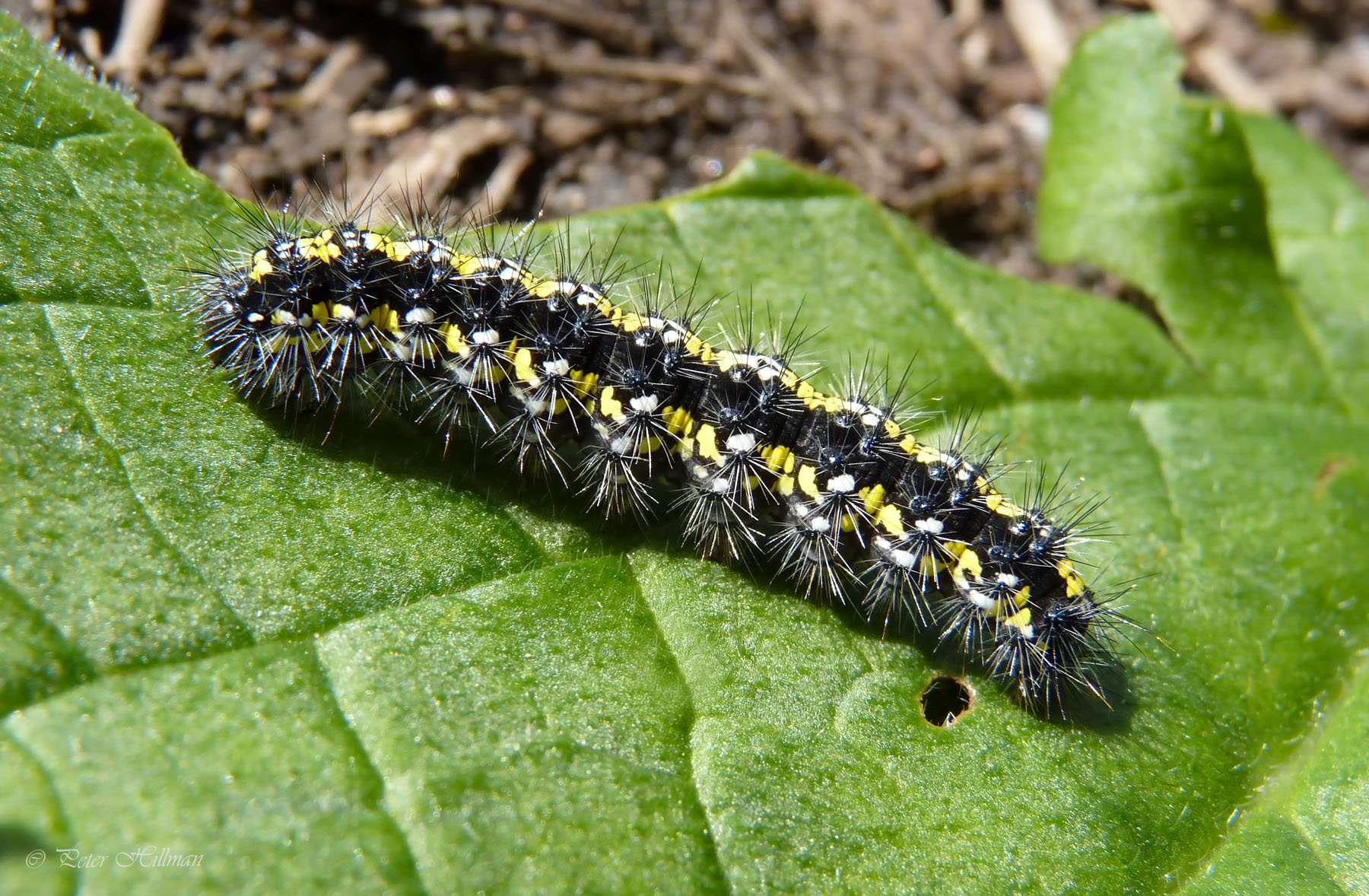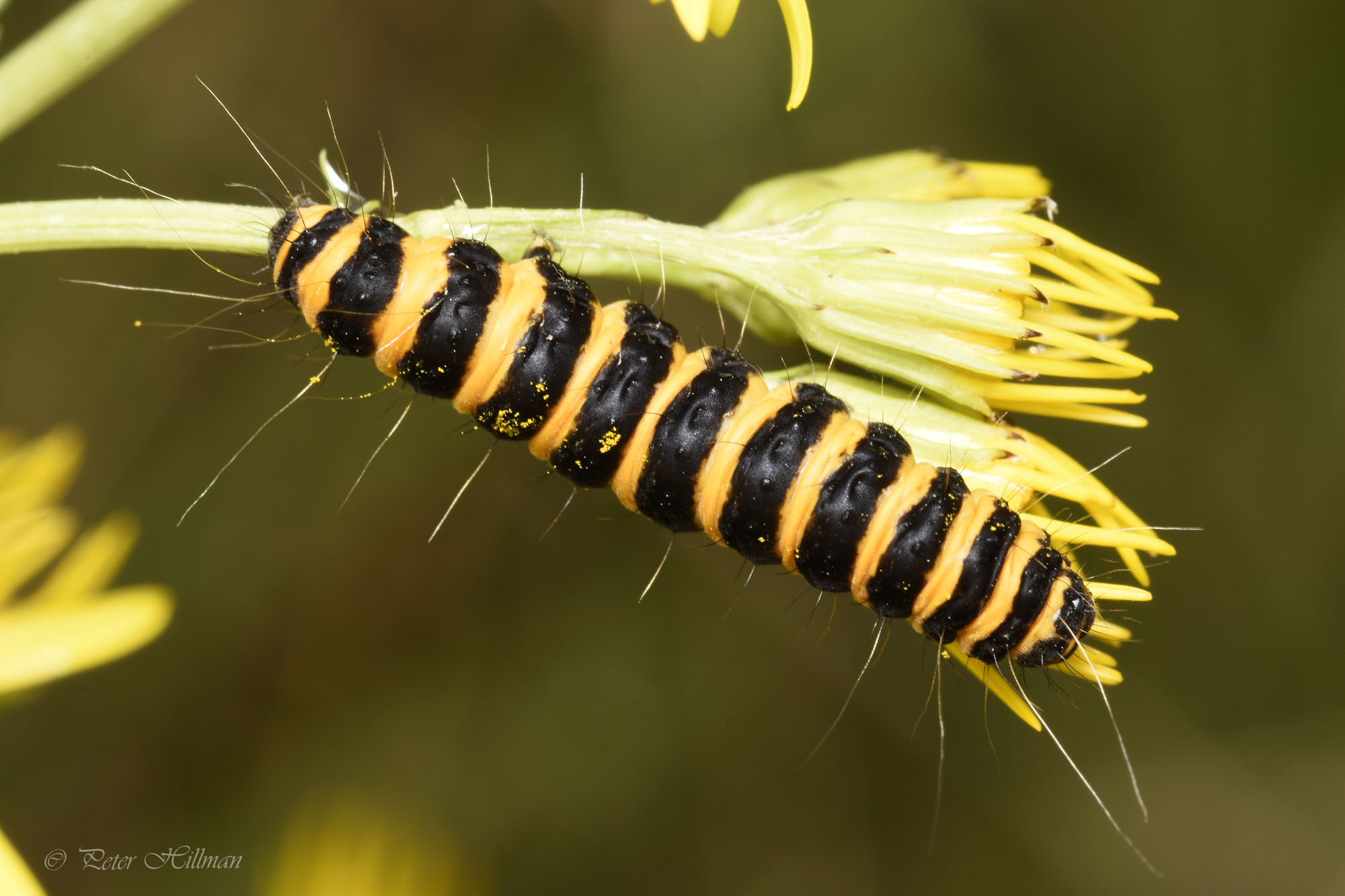x5 images. Double click to enlarge.
About a month ago my neighbour calls round (he hit 80 this year and is as fit as a fiddle), and in the palm of his hand he had this little critter. He wondered what it was (he really has an interest in wildlife), and he thought it had fell from a bush he had cut back. I identified it as the larva for the moth the Pale Tussock (Calliteara pudibunda).
Later he came around again with another he had found on his apple tree. They feed on a large variety of deciduous trees and shrubs, and I was quite amazed to discover, like paint, they come in a variety colours, from yellow, green, to orange, pink and red. Don’t think they do any shades of blue though.
Below is the familar adult, which I have featured before, which is also quite an odd yet interesting character. Who would have thought that, that would turn into that, eh?
In case you was wondering, the caterpillars where put back safe and sound to continue their feedathon.


























































